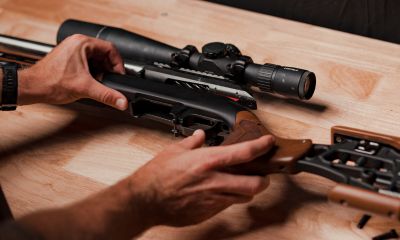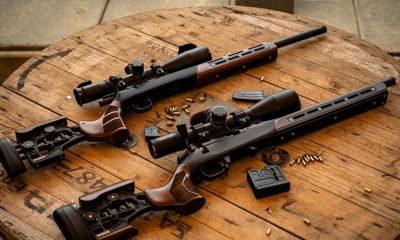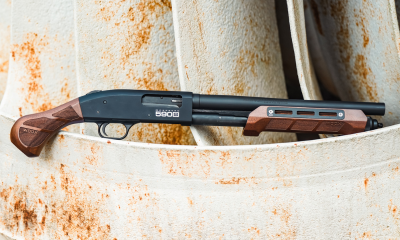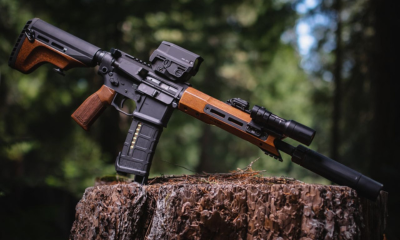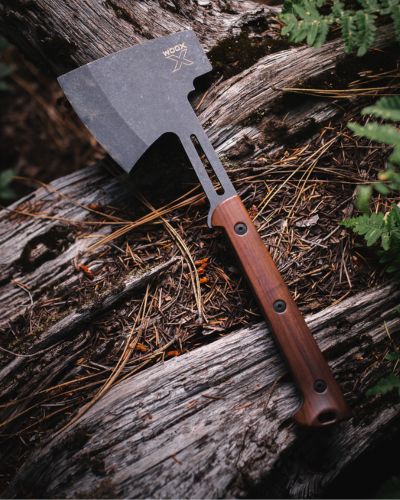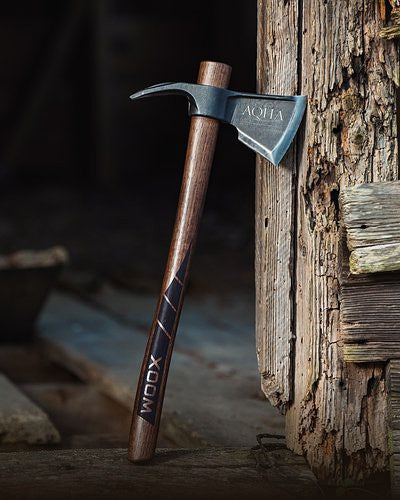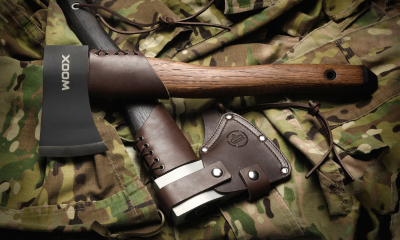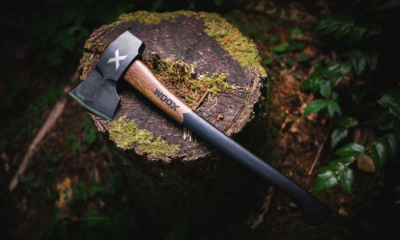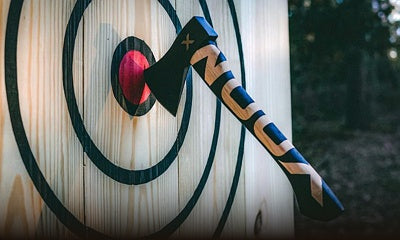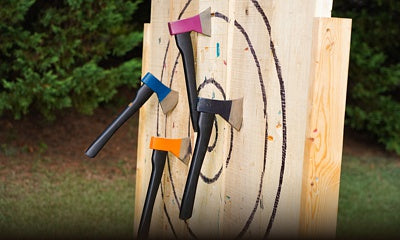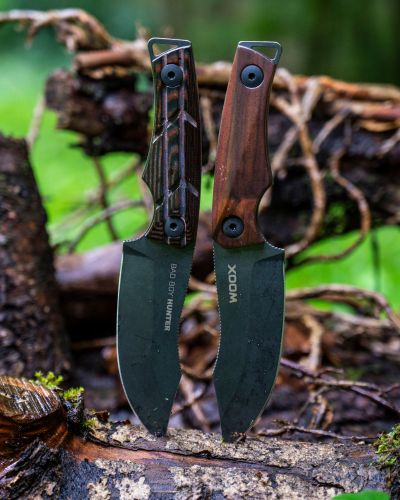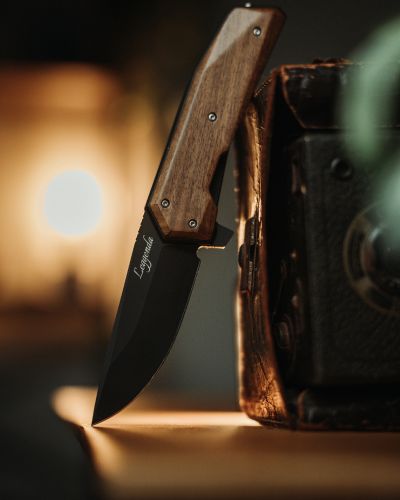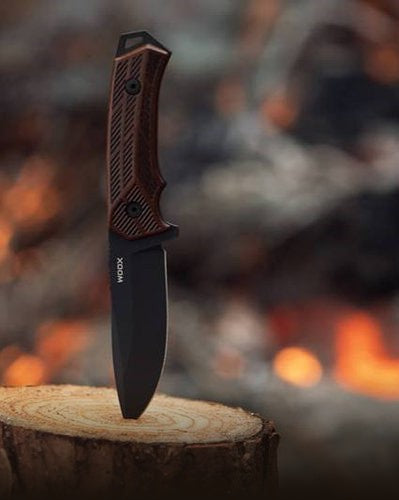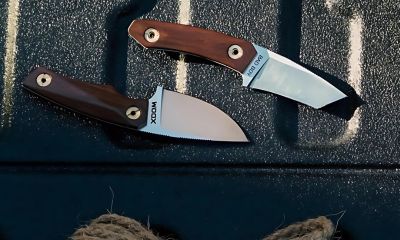

Reloading 101 - The Basics of Reloading Ammunition
Reloading, or handloading, is a process where spent ammunition cartridges are refurbished with new primers, gunpowder, and bullets to be fired again. This is not merely a cost-saving measure but a craft that has fascinated enthusiasts and professionals alike for years.
Why Consider Reloading?
- Cost Efficiency: One of the main attractions of reloading is the potential for cost savings. Certain cartridges, especially newer or more exotic types, can be expensive to purchase. By reusing the spent cases and reloading them with new components, shooters can save a significant amount of money over time.
- Customization: Reloading allows shooters to tailor their rounds to specific needs. By adjusting the type and amount of gunpowder or using different bullet types, they can customize rounds for better accuracy or desired performance.
- Antique Calibers: For enthusiasts of antique firearms, certain ammunition might no longer be in production. Reloading provides a solution to continue using these beloved firearms.
- Personal Satisfaction: Beyond the practical aspects, there's a genuine sense of achievement in crafting one's ammunition. The process allows for a deeper connection to the shooting experience.

Understanding the Components
Before diving into the reloading process, one must understand the components that make up a cartridge:
- The Case: Once a bullet has been fired, the spent case is what's left over. This brass casing is the primary component reused in reloading. Depending on the caliber and rarity, the case might constitute a significant portion of the cartridge's cost.
- Primer: This is the small, sensitive compound that ignites the gunpowder when struck.
- Gunpowder: This is the propellant that burns rapidly, generating gas that propels the bullet out of the barrel.
- Bullet: The projectile that is fired from the gun.

Tips and tricks for reloading your ammo
Reloading ammunition is a valued skill for shooting enthusiasts, emphasizing the importance of safety and consistency. Those engaging in this activity should always prioritize safety measures, such as wearing safety glasses, particularly during primer handling. Keeping the reloading area clean, especially from spilled powder, is crucial. For beginners, there are numerous resources available in books and online to guide them.
Different types of powder, ranging from tubular kernels to flattened balls, are available. As powder formulas can be adjusted by manufacturers, it's essential to rely on up-to-date loading data. The shape and density of the powder influence its flow from the powder measure. Maintaining consistent fill levels, especially with certain types of powders, ensures uniform charge weights.
One of the most critical steps in reloading is visually verifying the consistent powder level in each case. Inconsistent charges can lead to severe issues, such as bullets stuck in barrels or, in extreme cases, destroyed firearms. Reloading with an under-charged or double-charged case can have disastrous consequences. To avoid these mishaps, consistently checking and weighing charges is recommended. Some users vibrate the powder measure for more consistent weight. Polishing the powder measure interior and using aftermarket accessories can enhance accuracy.
For consistency, it's crucial to cycle the powder measure or press with uniform force. On progressive presses, a forceful approach can lead to inconsistencies in charge weights. Whenever interrupted during reloading, it's best to review all stations upon resuming. New brass can sometimes be challenging to work with due to its clean and polished state. Tumbling new cases in used media can help in the reloading process. As brass cases wear out, they may develop splits, which are vital to identify and discard.
Finally, verifying the final product's integrity is crucial. Chamber checkers allow users to test each reloaded round to ensure they fit correctly and are safe to use. Rounds that don't pass the chamber check should be considered suspect and handled accordingly.

The Reloading Process
(1) Inspecting and Cleaning: Spent brass cases must be inspected for any damage. They are then cleaned to remove any residues.
(2) Resizing and De-priming: Cases are reshaped to their original dimensions, and the spent primers are removed.
(3) Trimming: The brass may stretch over time, and any excess length needs to be trimmed off. The case mouth is then often chamfered and beveled to assist in bullet seating.
(4) Re-priming: A new primer is carefully seated in the base of the case.
(5) Powder Charging: A precise amount of gunpowder is added to each case. Exact measurements are critical for
safety and performance.
6) Seating the Bullet: Projectiles are then seated into the brass, and the overall cartridge length is measured to ensure it meets specified guidelines.
The beauty of reloading is that it seamlessly blends art and science. It's not just about refurbishing ammunition; it's about creating a personalized experience, fine-tuning every detail to the shooter's preference, and understanding the deep nuances of firearms and ballistics. Whether undertaken as a hobby or a dedicated pursuit, reloading offers a rewarding journey for those willing to delve into its intricacies.
SHOP BY purpose
Discover the perfect fit for your needs with our diverse collection of aftermarket stocks, tailored for a range of different purposes.
see all our stocksKeep Reading
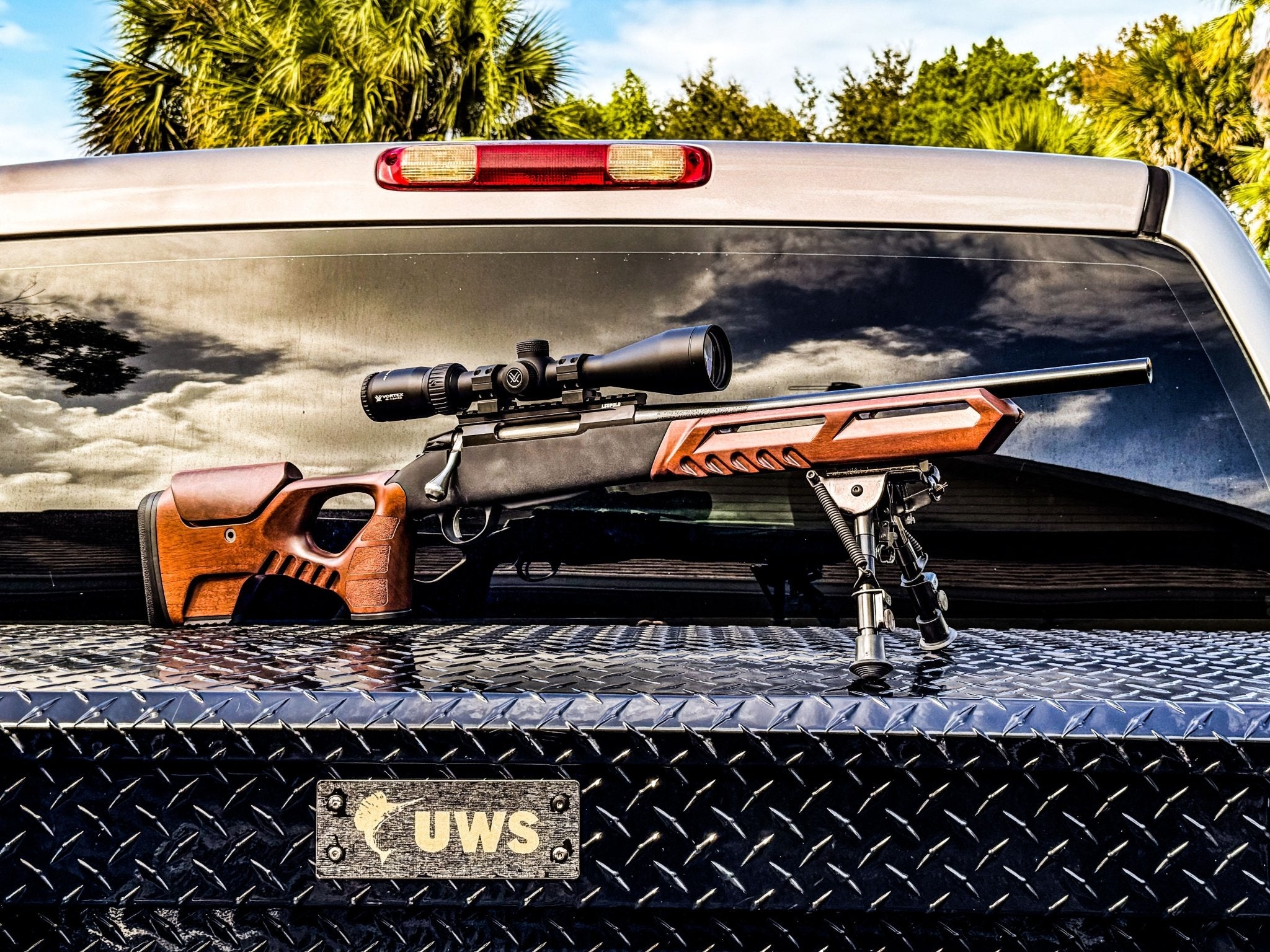
Tikka T3x Hunter 16″ with WOOX Cobra Precision Build
A purpose-driven rifle system blending craftsmanship, precision, and performance—the WOOX Cobra + Tikka T3x Hunter 16″ build is made for the modern outdoorsman.
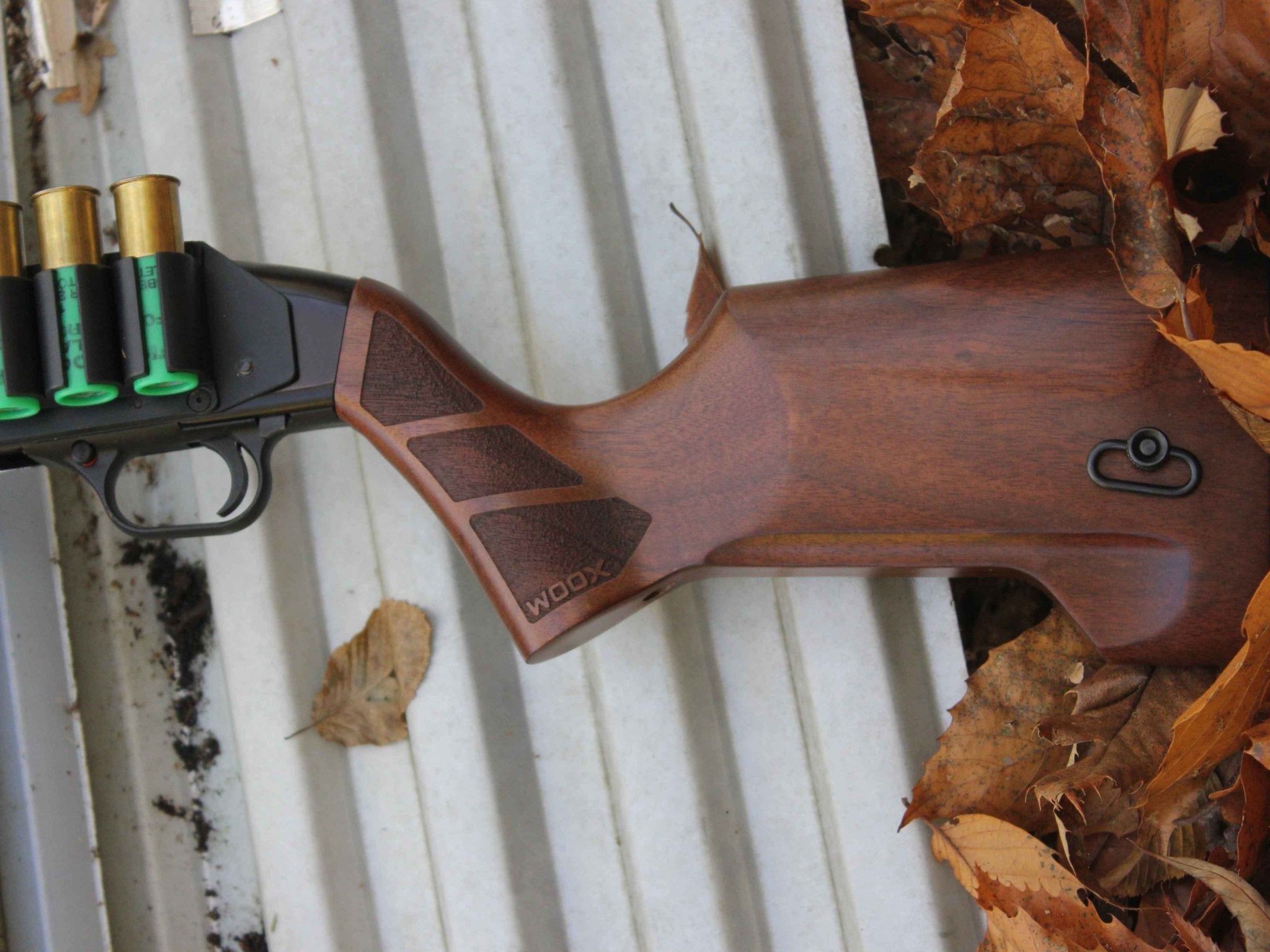
The Mossberg Maverick 88: A Working-Man’s Shotgun Raised to a Higher Calling
The Mossberg Maverick 88 evolves from rugged workhorse to heirloom-quality shotgun with Gladiatore walnut and aluminum furniture—performance and craftsmanship combined.
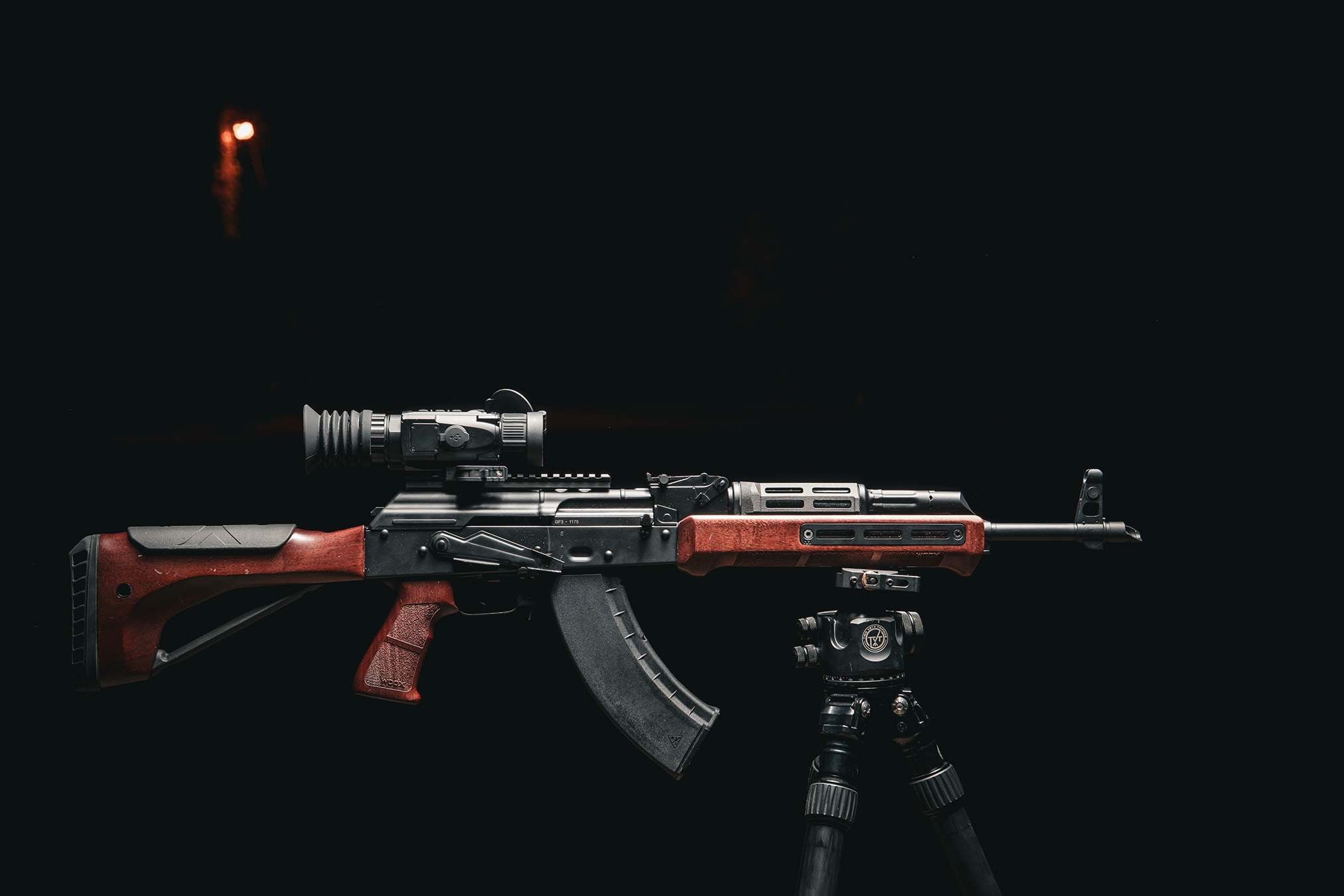
PSAK-47 GF3 & WOOX Forty Seven: Power Meets Heritage
The WOOX Forty Seven combines timeless craftsmanship and thoughtful design, creating an immersive, adventure-ready experience for those who seek the wilderness.
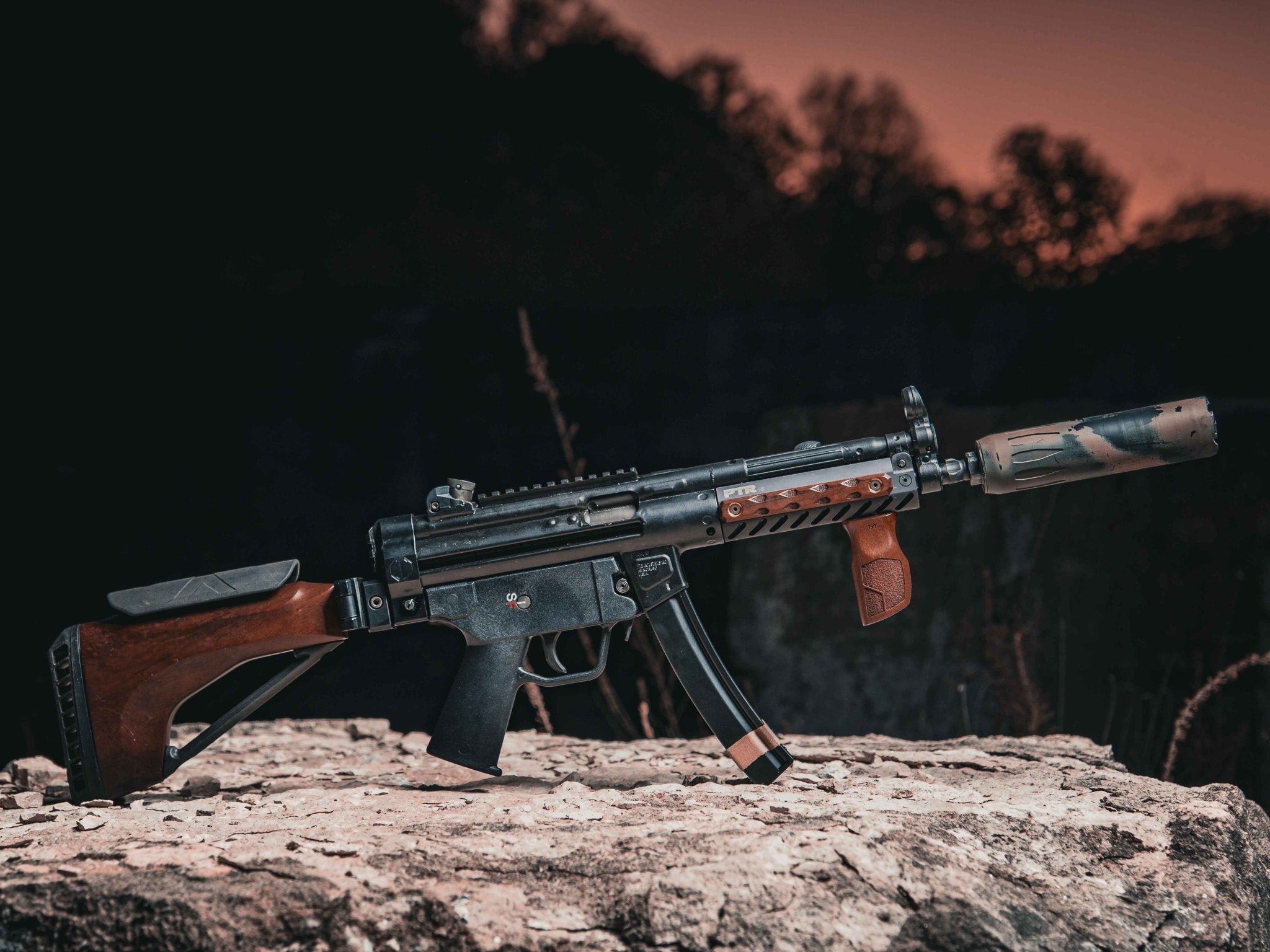
PTR 9CT: Stock, Grip & Rail Upgrades - WOOX 1913 WOODY
WOOX’s handcrafted American walnut stock, M‑LOK vertical grip and rail panels turn any rifle into a blend of classic craftsmanship and modern modular performance — perfect for hunters and shooters who value both heritage and function.



